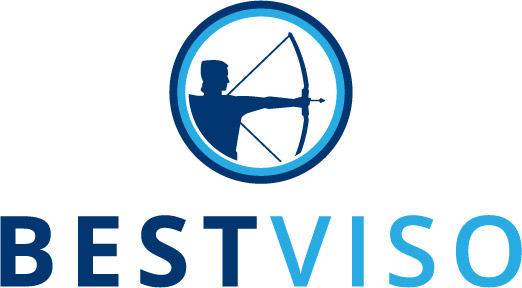Brand equity, as the central control variable in brand management, can be regarded from a financial as well as from a behavioral perspective. In financial terms, brand equity represents the value of all future cash surpluses the company is able to generate from the brand. In terms of behavioral science, measurement takes place with reference to the associations the brand conjures up in the minds of consumers. Yet brand equity is determined not merely by customer activities and opinions, but also by those of competitors, trading partners, and capital providers. Due to international accounting regulations, many large companies, notably those operating in the United States, even have to report their brand equity in the balance sheet. But how one measure brand equity in the first place? Below, we take a look at models that models that combine both perspectives.
Monetary brand equity measurement
Monetary brand equity can be either estimated or forensically measured by using various models. Generally, measurement models consist of several parts: some methods identify the proportion of sales attributable to the brand, then multiply that figure by total sales to arrive at a calculation of brand value. Other models use a more forward-looking approach, calculating the potential future revenue that the company could generate using the brand. Then this potential revenue is discounted to calculate a “net present value” of the brand. The brand’s potential future stock, among other things, will shape this discount rate.
Valuing brand strength and brand performance
In all models, one influential factor is brand strength as perceived by the target audience. This factor is usually surveyed qualitatively and quantitatively in a two-stage process. Depending on the brand model and provider selected, the survey measures dimensions such as relevance, uniqueness, and emotional attachment, among others. Next, the contribution of brand strength to brand performance, is assessed. For example, an analysis is performed of the brand’s influence on purchase decisions. Hence the models measure the degree to which the brand is contributing to sales.
In order to estimate this contribution, sellers will use varying approaches. Some sellers present the contribution as a percentage figure, relying upon extensive data sources containing information on customers and brands worldwide. Other companies make the greatest possible use of existing company data on target groups and competitors, in order to assess the impact of brand strength.
The primary advantage of models that use a company’s own data is that such models will dispense with a standard model; instead, they apply basic theoretical insights to the brand’s individual situation. Doing so allows them to refine brand valuation to the point at which it can even, in some cases, withstand an auditor’s scrutiny. Some research institutes also offer information on brand strength as compared to competitors. The type of data used by the research institutes will often depend upon the company’s size and nature – e.g., global market leaders prefer to rely on publicly available information where appropriate, whereas in the case of a planned ISO certification, more detailed analyses of controlling data and/or in-house and outside interviews are also used.
Conclusion
If you want to determine brand equity, including your monetary brand equity, several measurement models are available to you. Any decision in favor of against a particular model will depends on the data available, and, if applicable, the brand models already being used to measure brand strength. Further criteria are planned balance sheets or ISO certifications.
With BESTVISO’s consulting services, your company will enjoy access to the insights needed to select the best research institutes and the most appropriate, effective model in order to ensure results of the highest quality.

